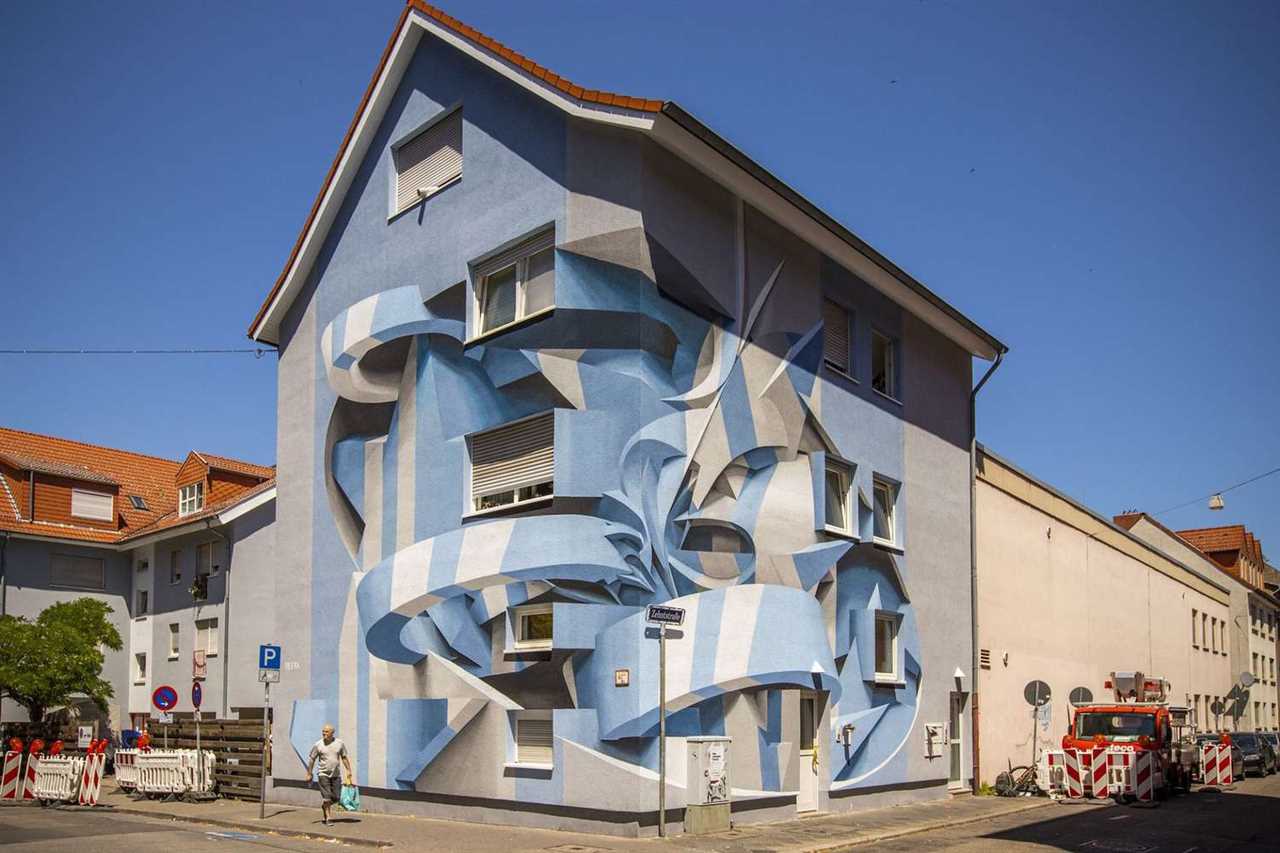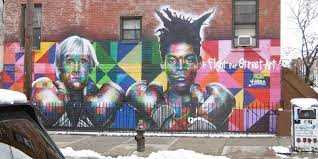Street art has become a powerful medium for artists to express their creativity and engage with their audience. One particularly captivating form of street art is illusion art, which plays with optical perception to create mind-bending images. By utilizing different techniques and visual tricks, artists can transform ordinary walls into portals to another reality.
Illusion street art challenges our perception and urges us to question the boundaries of what is real. Through the clever use of perspective, shading, and color, these murals can create the illusion of three-dimensionality, making us question the flat surface we are looking at. The result is an immersive experience that blurs the line between art and reality.
These optical illusions can range from simple designs that create the illusion of movement to complex scenes that appear to jump out of the wall. They can trick our eyes into seeing objects that aren’t there or distort the proportions of existing elements. Some murals even interact with the surrounding environment, using architectural features or objects in the scene to enhance the illusion.
The impact of illusion street art goes beyond its immediate visual appeal. It has the power to transform urban landscapes, making drab walls come alive with color and creativity. It grabs the attention of passersby, inviting them to stop and engage with the artwork. It sparks conversations and can even inspire new ways of seeing the world.
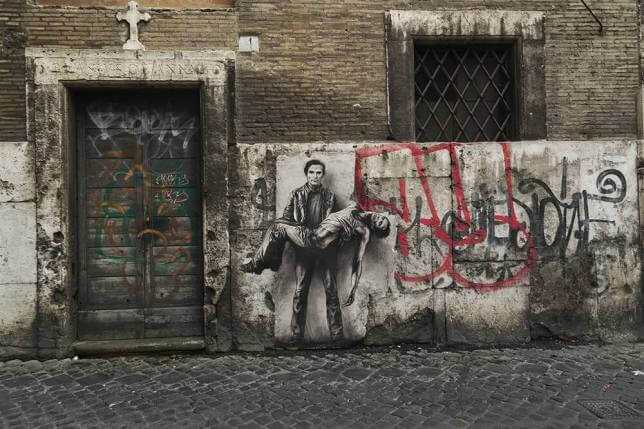
Through the clever use of perspective, shadowing, and color, illusion street art creates the illusion of depth, movement, and three-dimensional objects on two-dimensional surfaces. By skillfully manipulating these visual elements, artists are able to create mind-bending artworks that defy logic and leave us questioning what is real and what is imaginary.
One of the most famous techniques used in illusion street art is anamorphosis. Anamorphosis involves distorting an image so that it appears normal only when viewed from a specific angle or with the use of a reflective cylinder or cone. This technique adds an extra layer of intrigue to the art, as it requires the viewer to interact with the artwork and explore different perspectives to fully appreciate its hidden beauty.
The Impact of Illusion Street Art
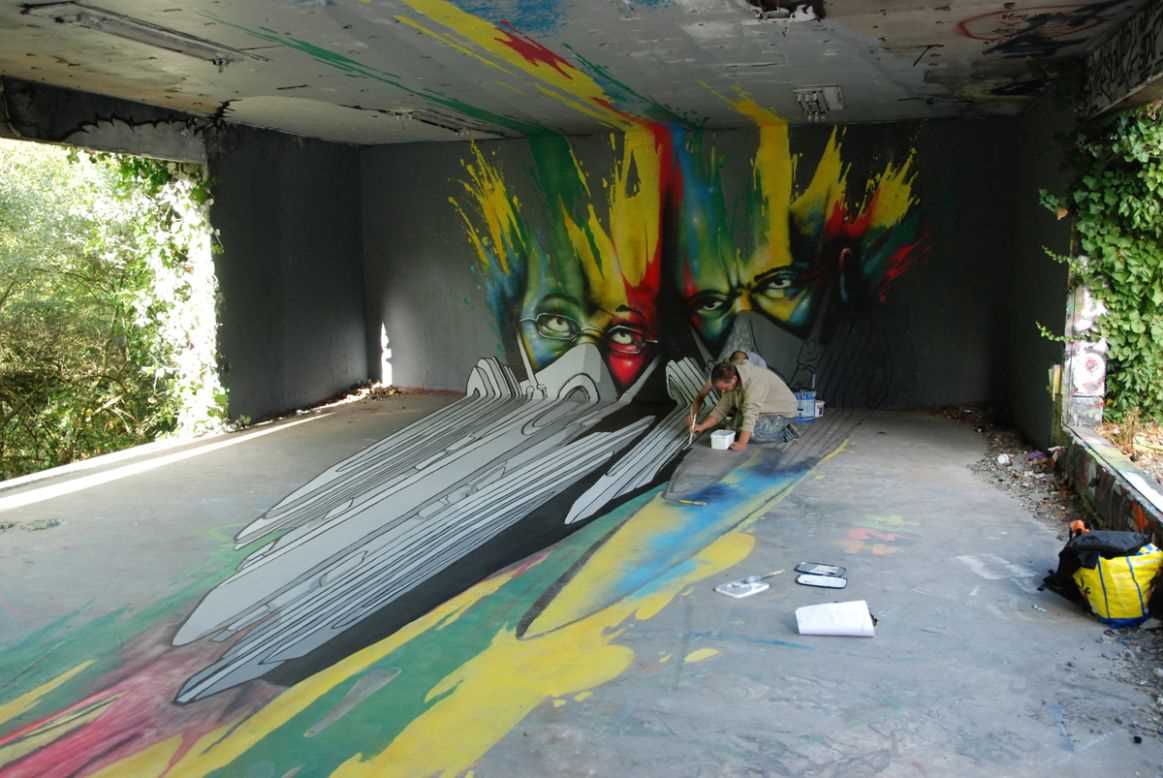
Illusion street art not only challenges our perception of reality but also transforms public spaces into vibrant and dynamic visual experiences. These larger-than-life murals inject a sense of whimsy and playfulness into otherwise mundane environments, captivating passersby and sparking their curiosity.
Illusion street art also has the power to spark conversations and engage communities. These artworks often become landmarks in cities, attracting tourists and locals alike. Through social media and word-of-mouth, illusion street art can reach a global audience, inspiring others to seek out these hidden gems and explore the art of illusion for themselves.
The Illusion as a Metaphor
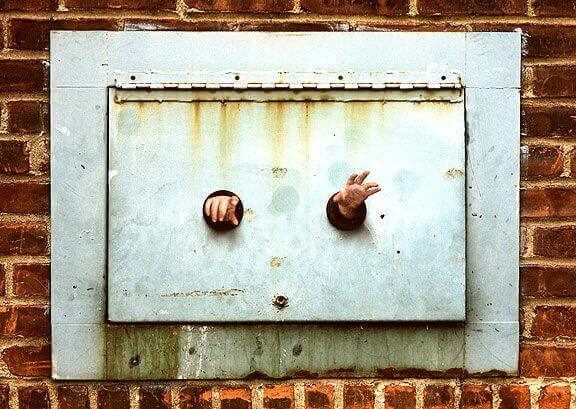
Beyond the visual trickery, illusion street art can also serve as a metaphor for the complexities of life. Just as these artworks challenge our understanding of reality, they remind us that things are not always as they seem. They encourage us to question our assumptions and perceptions, reminding us that the world is full of hidden depths and unexpected surprises.
In a world where we often take things at face value, illusion street art prompts us to look deeper, to explore different perspectives, and to embrace the unknown. It invites us to engage with our surroundings in a more conscious and curious way, reminding us that there is always more to discover if we are willing to open our minds to the art of illusion.
Perception in Street Art
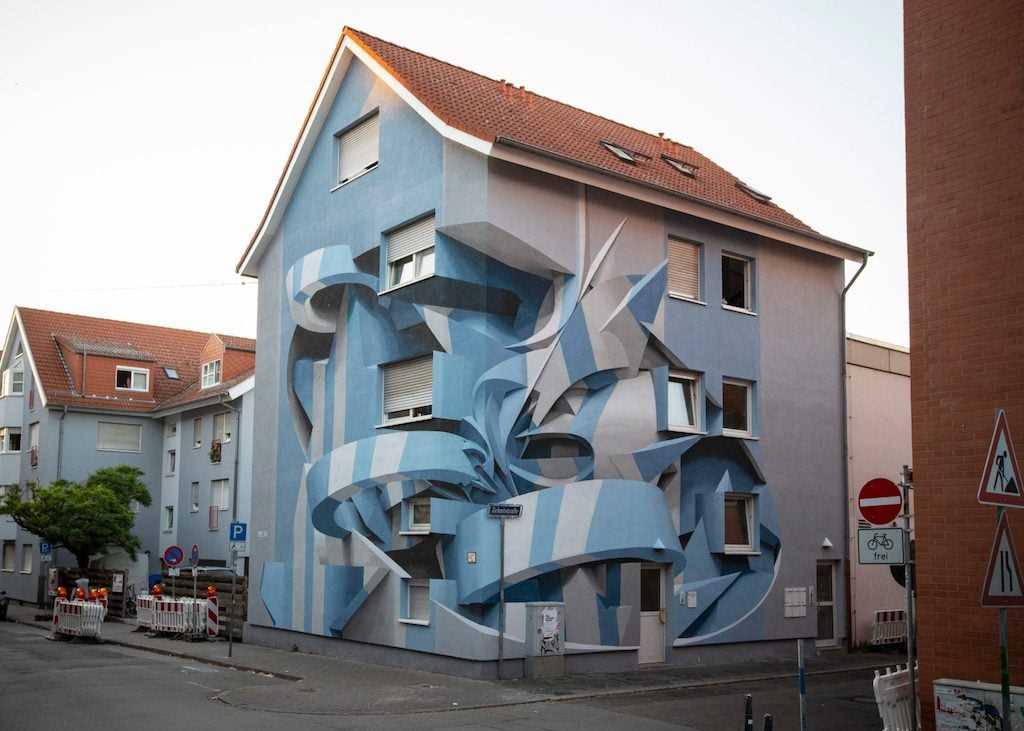
Street art is a form of artistic expression that aims to engage viewers and challenge their perceptions. Through the use of optical illusions and trompe-l’oeil techniques, street artists create murals that play with our understanding of space, perspective, and reality. These captivating artworks not only beautify urban landscapes but also provide an interactive experience for passersby who become active participants in the art.
Illusionary Effects

One of the main goals of illusionary street art is to create a sense of wonder and surprise. Artists often utilize techniques such as anamorphosis, where images appear distorted or skewed from a certain viewpoint but become clear when observed from a specific angle. This manipulation of visual perception adds an extra layer of depth and complexity to the artwork and encourages viewers to question their surroundings.
Playing with Perspective
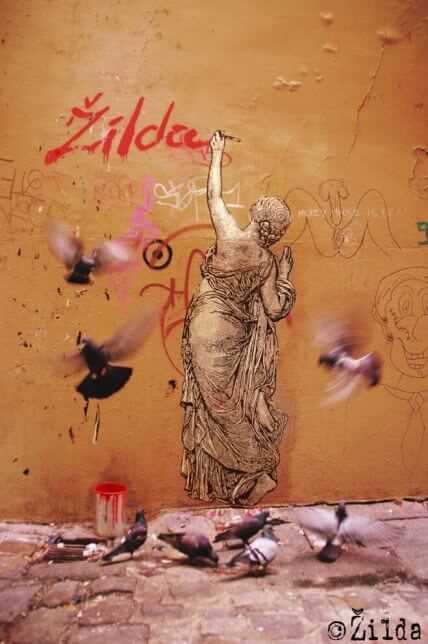
Street artists also experiment with perspective to trick the viewer’s eye. By cleverly distorting the proportions of objects or altering the scale of elements within a mural, they create the illusion of three-dimensional space on a two-dimensional surface. This technique can make viewers feel like they are being transported into a different world, challenging their perception of reality and blurring the boundaries between art and the environment.
- Examples of perspective play in street art include:
- Forced perspective: Manipulating the size and position of objects to give the illusion of depth.
- Anamorphic art: Creating distorted images that look realistic when viewed from a specific angle.
- Trompe-l’oeil: Painting objects that appear three-dimensional, tricking the viewer into believing they are real.
These innovative techniques not only challenge the viewer’s perception but also invite them to actively engage with the artwork. Street art has the power to transform ordinary spaces into extraordinary destinations and offers a unique opportunity for individuals to experience art in their everyday lives.
Optical Illusion Techniques in Street Art
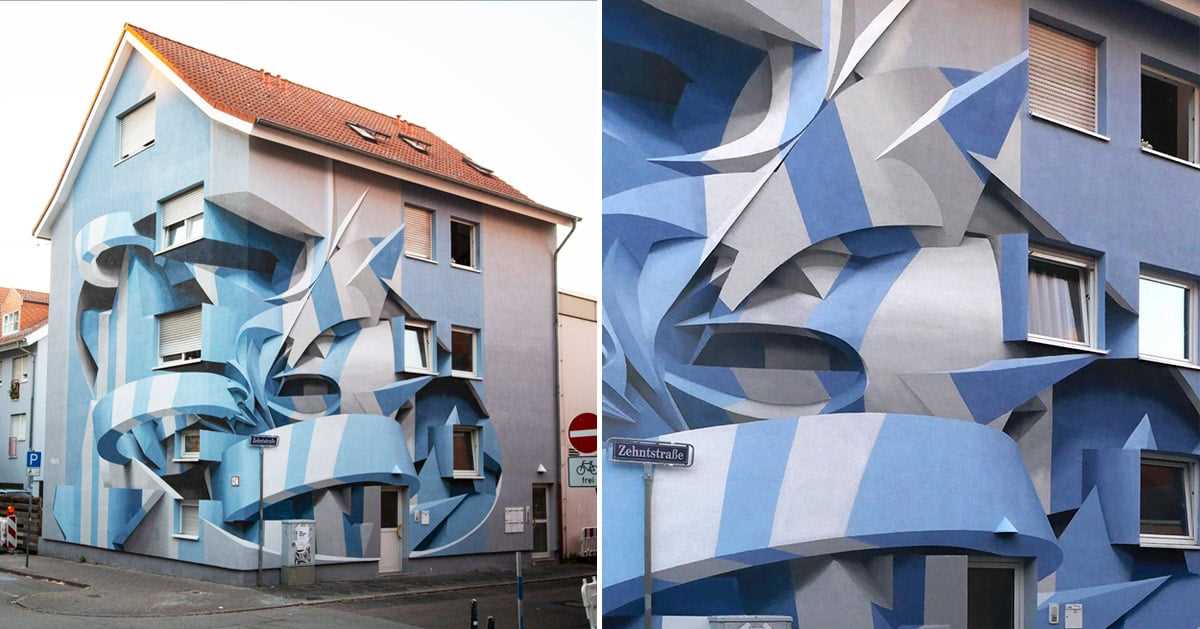
Street art has long been a platform for artists to experiment with visual perception and challenge traditional notions of reality. Using optical illusion techniques, street artists are able to create mind-bending murals that captivate viewers and defy expectations.
1. Anamorphic Illusions
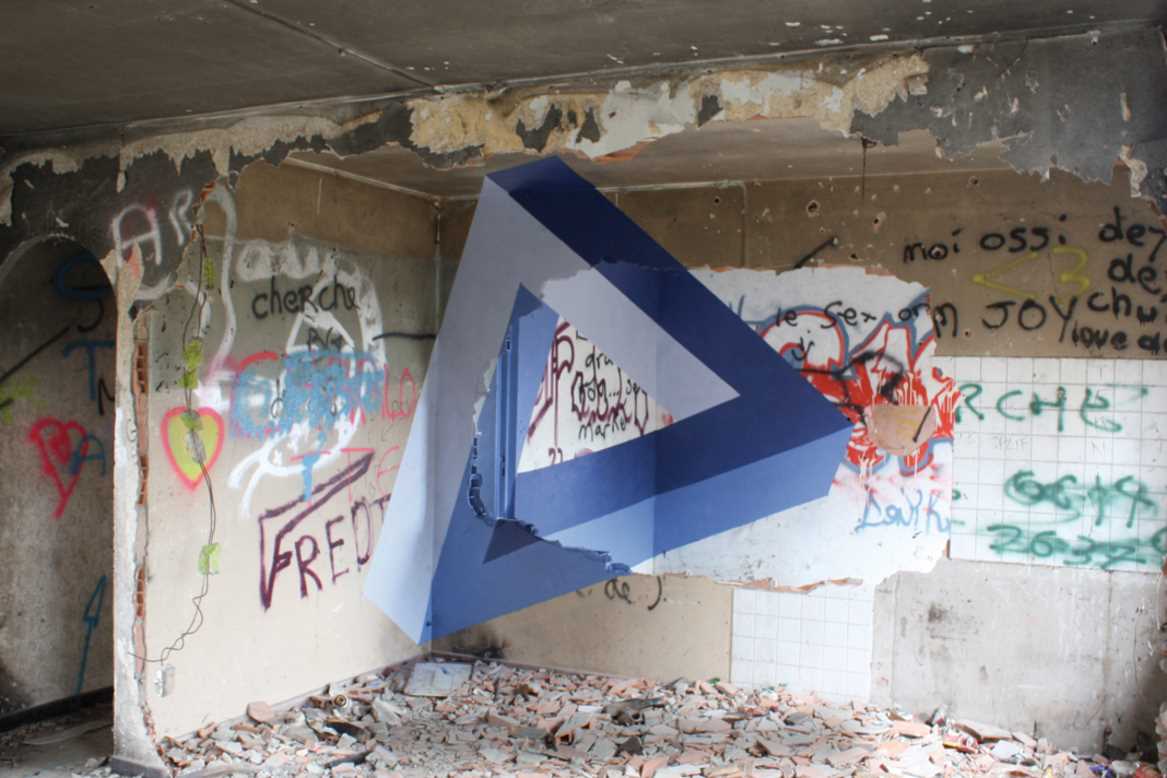
One popular technique used in street art is anamorphic illusions. These illusions are created by distorting the image so that it appears distorted when viewed from a certain angle, but forms a clear and recognizable image when viewed from a specific vantage point. Artists use mathematical calculations and precise measurements to ensure the illusion works effectively.
For example, a mural may appear as a series of jumbled lines and shapes when viewed straight on, but when viewed from a specific spot, the distorted elements align to form a realistic image. This technique adds an element of surprise and interaction for viewers as they discover the hidden image within the distortion.
2. Trompe-l’oeil
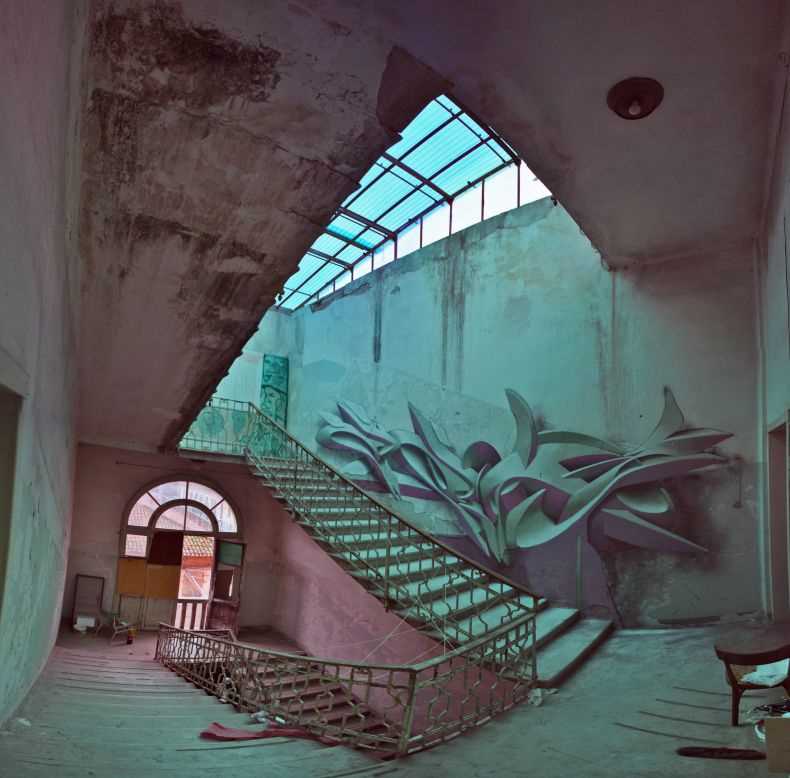
Trompe-l’oeil, meaning “trick of the eye” in French, is another optical illusion technique commonly used in street art. With this technique, artists create incredibly realistic and detailed murals that give the illusion of three-dimensional objects or scenes. The goal is to fool viewers into believing that the painted image is actually a physical object or an extension of the existing environment.
For example, an artist may paint a door or a window that appears so realistic that it seems like you could reach out and touch it. This technique adds depth and dimension to flat surfaces, creating a sense of wonder and disbelief for those who encounter the mural.
| Technique | Description |
|---|---|
| Anamorphic Illusions | Distorting images to create a clear image from a specific viewing angle. |
| Trompe-l’oeil | Creating realistic murals that appear three-dimensional. |
Creating Imagery with Illusion
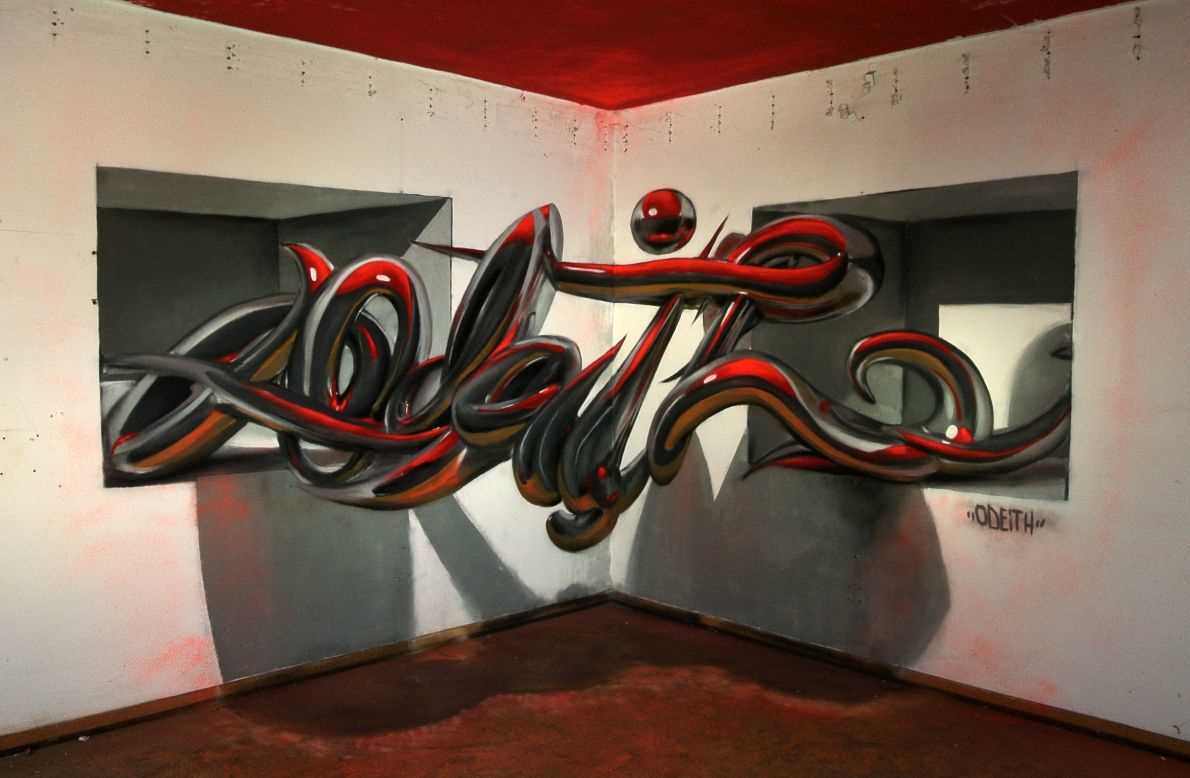
Illusion street art is a mesmerizing form of artistic expression that plays with optical perception to create mind-bending imagery. Using carefully crafted techniques, artists are able to manipulate depth, perspective, and spatial relationships to distort reality and create stunning optical illusions.
One of the most common techniques used in illusion street art is anamorphosis. Anamorphosis is the visual distortion of an image that can only be properly perceived from a specific vantage point. Artists use this technique to create images that appear warped or distorted when viewed from certain angles, but reveal their true form when seen from the correct viewpoint. This clever manipulation challenges our perception and forces us to reconsider the way we see and interpret the world around us.
Another technique that is often employed in illusion street art is trompe-l’oeil, which translates to “deceive the eye” in French. Trompe-l’oeil involves creating realistic and highly detailed images that appear three-dimensional when viewed from a certain perspective. These murals can be so convincing that they give the impression that the depicted objects or scenes are real and physically present, leading to a sense of awe and amazement.
The use of vibrant colors and creative storytelling also play a crucial role in creating imagery with illusion. Artists skillfully combine different visual elements, such as bold patterns, unexpected angles, and hidden details, to captivate viewers and draw them into a world of illusion. Whether it’s a street corner that seems to be crumbling away or a seemingly floating object, these imaginative and thought-provoking works can transport viewers to a realm where the boundaries between reality and illusion are blurred.
Street Art and the Power of Illusion
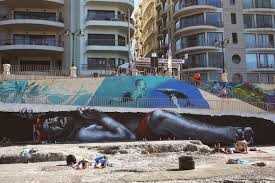
Street art has long been known for its ability to captivate and surprise viewers with its innovative use of illusion. Through the clever manipulation of space, perspective, and optical techniques, street artists are able to create mind-bending murals that challenge our perception of reality.
One of the most fascinating aspects of street art is its power to transform ordinary urban environments into extraordinary works of art. Whether it’s a simple graffiti tag or a large-scale mural, street art has the unique ability to engage and provoke thought in a way that few other art forms can.
The Illusion of Depth

One of the most common techniques used in street art is the creation of the illusion of depth. By skillfully employing techniques such as shading, shadowing, and perspective, street artists are able to make flat surfaces appear three-dimensional, giving their murals a sense of depth and realism. This creates an immersive experience for viewers, who may find themselves feeling as if they are stepping into another world.
The Illusion of Movement
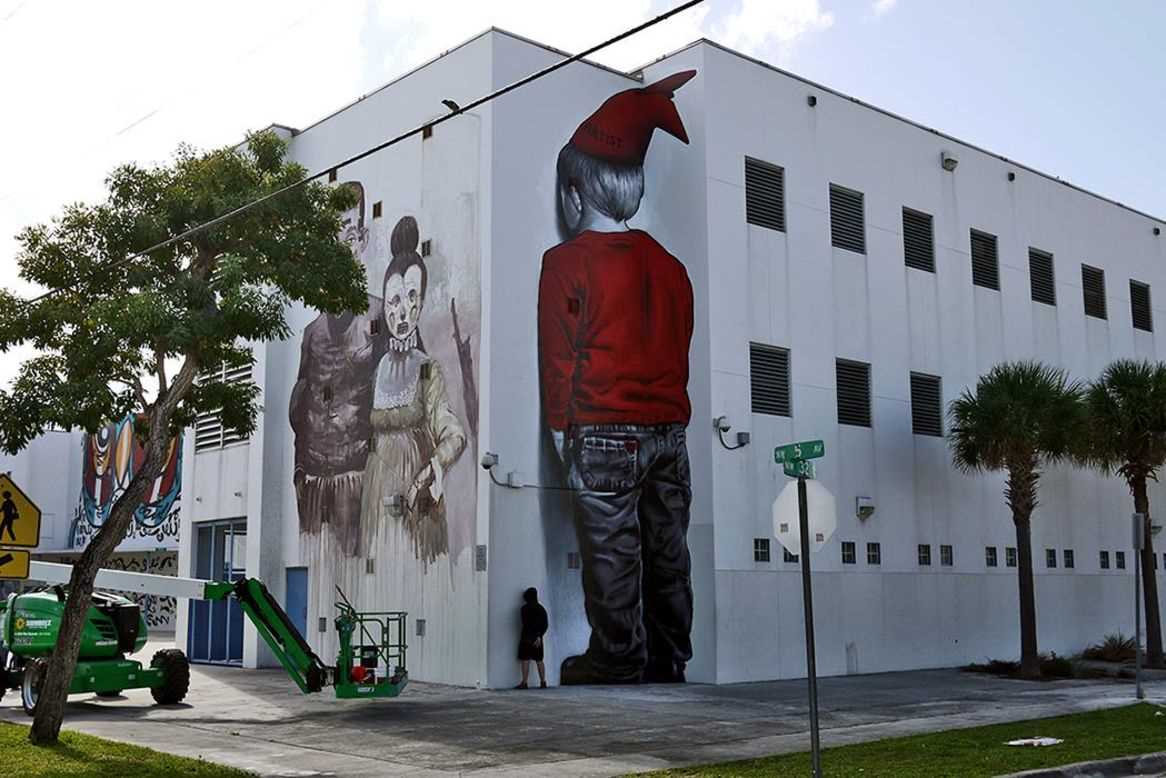
Another powerful illusion utilized by street artists is the illusion of movement. Through the use of optical techniques such as motion blur, repetition, and kinetic patterns, street artists are able to give their murals a sense of dynamism and energy. This creates a sense of motion and vitality that brings the artwork to life before the viewer’s eyes.
Street art is not just about aesthetics; it is also a powerful medium for social commentary and cultural expression. By combining the power of illusion with thought-provoking imagery, street artists are able to convey powerful messages about society, politics, and the human condition.
Impact and Influence of Illusion Street Art
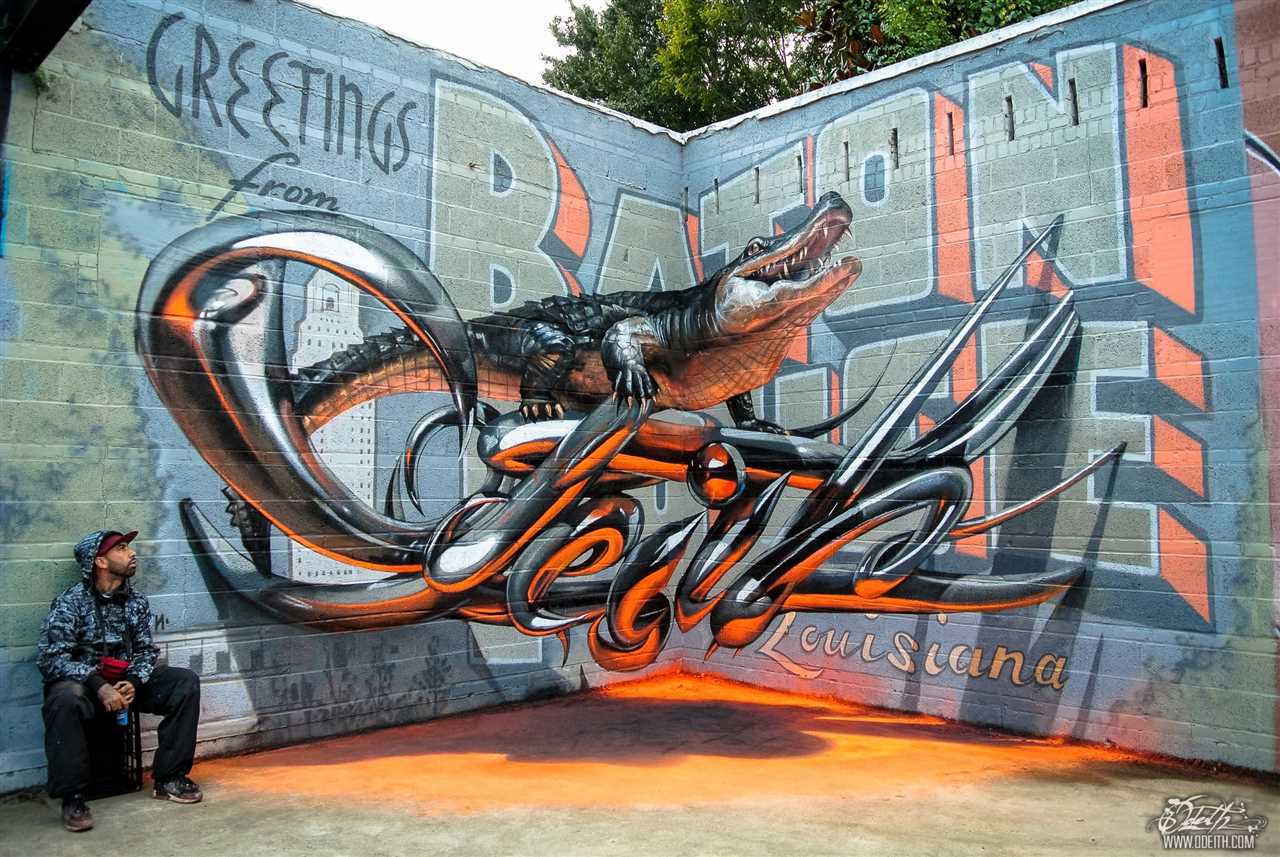
Illusion street art has had a profound impact on the art world and the communities in which it is created. These captivating murals challenge our perception and engage viewers in a unique way, often leaving a lasting impression. Here are some of the ways illusion street art has made an impact:
- Bringing art to the streets: Illusion street art has transformed public spaces into open-air galleries, bringing art to a wider audience. By decorating walls, buildings, and sidewalks with mind-bending murals, these artists have democratized art, making it accessible to everyone.
- Capturing attention and sparking curiosity: Illusion street art is designed to grab attention. The mind-bending visuals and optical illusions elicit curiosity and intrigue, drawing people in and encouraging them to explore and interact with the artwork.
- Transforming urban landscapes: Illusion street art has the power to completely transform urban landscapes. Dull and mundane spaces are brought to life with vibrant colors and mesmerizing designs, turning ordinary streets into extraordinary destinations.
- Encouraging community engagement: Illusion street art has the ability to unite communities. The creation of these murals often involves collaboration between artists, local organizations, and residents. This collaborative process fosters a sense of community pride and ownership, as well as encourages people to explore and appreciate their neighborhood.
- Promoting social causes and raising awareness: Many illusion street art murals incorporate social and political messages. These powerful artworks can be a catalyst for conversations and activism, bringing attention to important issues and inspiring change.

I am a mural enthusiast and a fervent admirer of street art. Rather than creating murals myself, I am passionate about collecting them. My love for street art knows no bounds. I am dedicated to curating and cherishing these artworks that grace the streets. My collection stands as a testament to my profound appreciation for this form of artistic expression.
read about me

